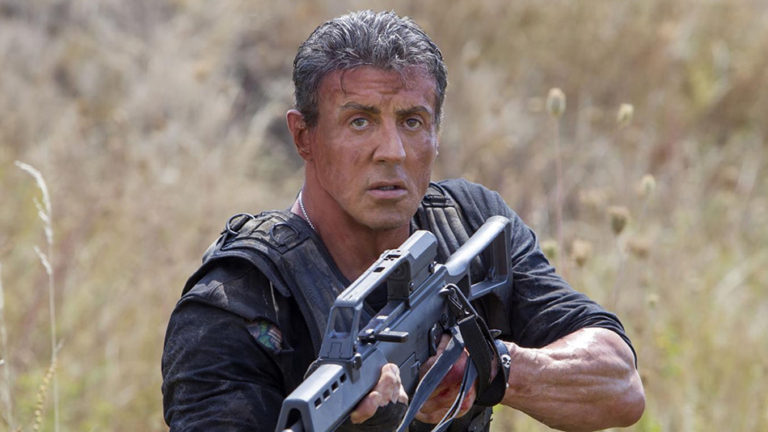
So, you’ve watched a bunch of awesome action movies and you’re thinking “I wanna give that a go”. With some technical knowledge and proper preparation, it’s definitely possible to make your own ultimate action movie on a shoestring budget. However, before you deep-dive into making things explode, you need to start with a storyboard.
A storyboard helps to give you and your cast/crew a visual reference for how your action film will be paced, what the shots will look like, and how the whole thing is going to feel. Action movies have some considerations that regular films don’t require, so here I’m going to share my 6 tips for storyboarding action films!
1. Start with a template
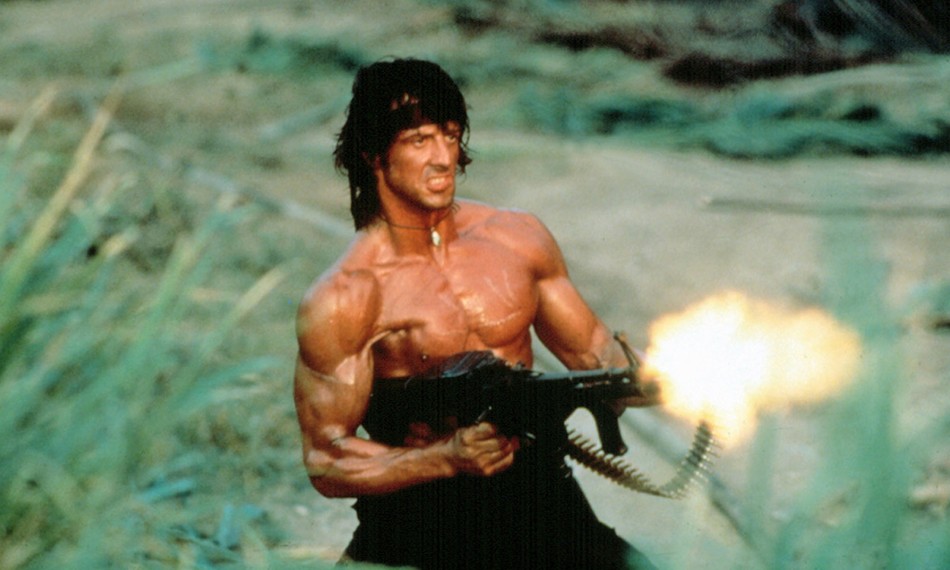
If you’re new to all of this, you’re best off beginning with a storyboard template tool as a starting point. This is the best template I’ve found online, but feel free to explore and find a tool that works for you. Different people like to work with different storyboard templates – there are no rules here.
By starting with a template, you can begin to fill in the panels, notes, and shot lists, getting an idea of how your film is going to come together. Even if you don’t end up using the template in the final draft, it’s good to get your vision down on paper (or screen) and get a feel for the film. You might end up making significant changes once you see it all in storyboard form.
2. Plan out your shots
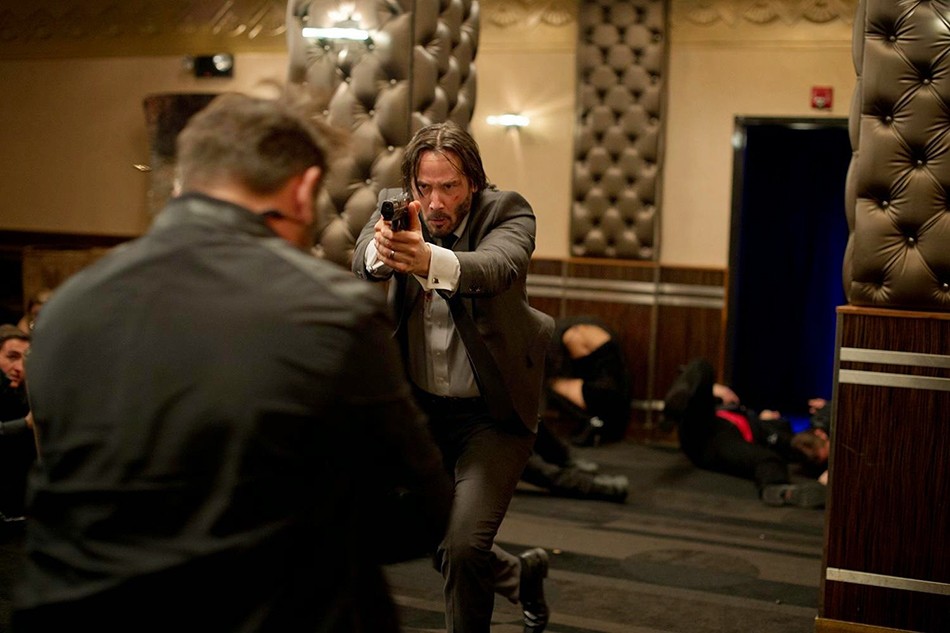
Action scenes require very careful planning with their shots. You want the action on-screen to feel exciting and fast-paced, yet you want to be able to tell what’s going on. A common technique for action scenes is to use handheld camera shots to give everything that “shaky” feel – just don’t take it too far or it can get annoying to watch.
Also, consider using a lot of tight framing such as closeups and medium shots – this keeps the audience plugged into the action at all times. For example, if your main character is being chased through the woods, don’t use too many wide shots or establishing shots as it will make the chase look a lot less exciting. Stay with the awesome action at all times!
3. Consider your music
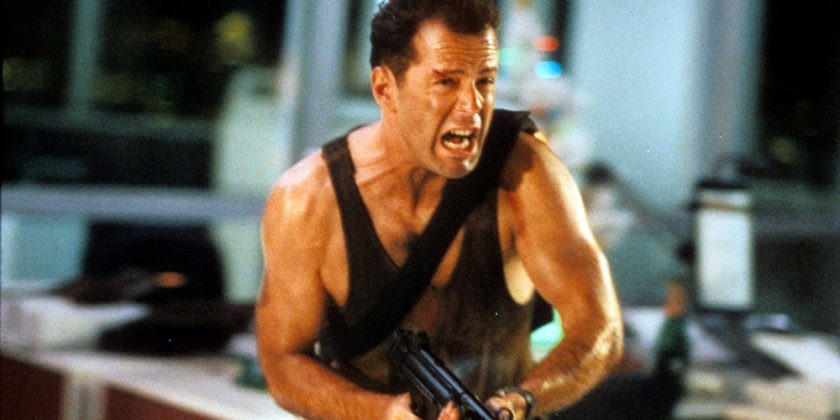
Obviously you can’t literally play music in a storyboard, but it’s a good idea to make notes next to your panels about any music and non-diegetic sound that you want to play on-screen. Action sequences rely heavily on upbeat dramatic music – you know the tense orchestral score that usually accompanies action films. From Die Hard to Lethal Weapon, a good “dun dun dun dun dun” helps elevate an action-packed scene.
A good rule of thumb is this – when you want to get your audience’s heart racing, add in some dramatic music. It sounds silly, but so many film scores use a heartbeat-esque rhythm to get your pulse going when John McClane is fighting terrorists or Robocop is shooting up a drug factory.
4. Don’t get lost in the action
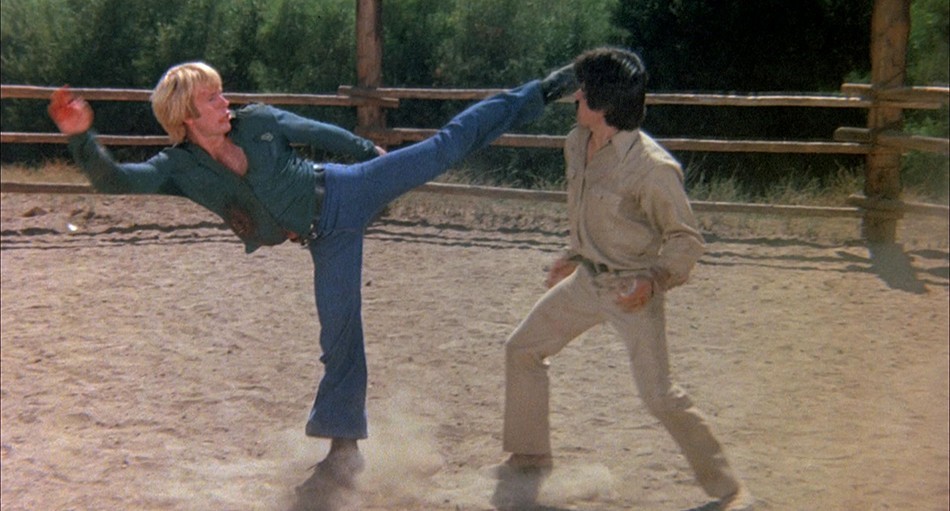
When you’re storyboarding intricate action scenes, it’s essential to make sure that you don’t get lost in the action on-screen. Choose your shots carefully and ensure that you can follow exactly what’s going on while still making the scene feel fast-paced and exciting.
For example, if your character is engaged in a fist-fight that travels from a park to a busy street, keep the shots tight but also track the movement and keep them just wide enough to show this transition from one location to another. If you stick to closeups as the fight gradually moves from one location to another, your audience might be asking “how did they end up in this street?” instead of focusing on the action.
5. Movement
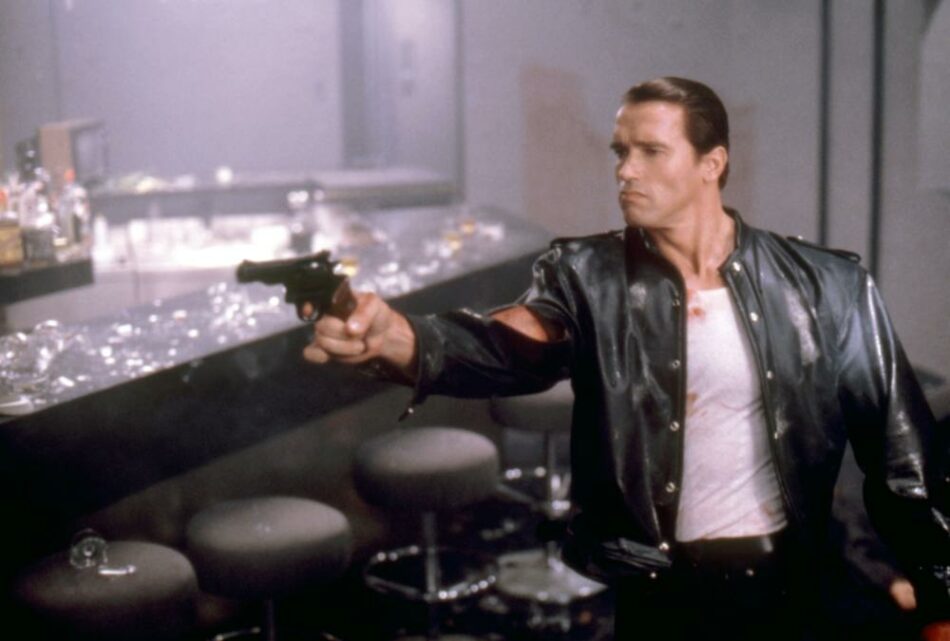
From characters to camera pans, there’s bound to be a lot of movement going on in a storyboard for an action film. Make sure that your panels clearly indicate when characters move across the screen or when the camera is panning or tracking something on the screen. You can make notes next to your panels, or you might use little arrows around your drawings to indicate movement.
6. Think about perspective
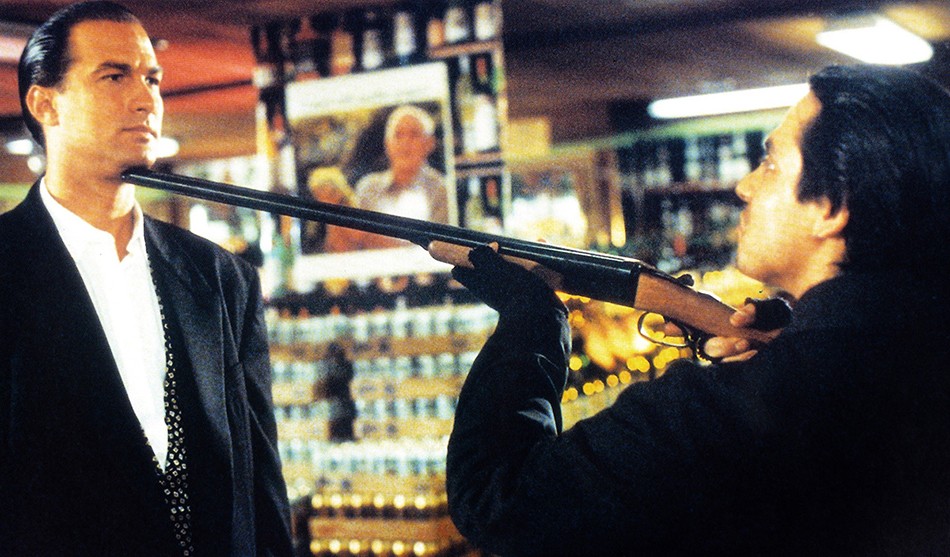
To create sympathy with your main character, you need to try to plan things out from their perspective when possible. For example, if they’re being chased through Nakatomi Plaza by baddies, include shots where they look over their shoulder to see the bad guys running behind them. If they’re in the middle of a gunfight and they look around a corner to shoot, use camera angles to indicate their line of vision – going wide will drag the audience out of the tension.